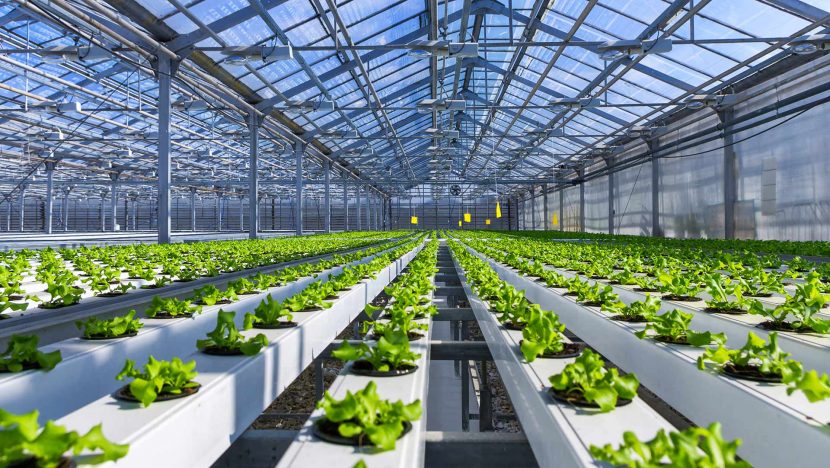by Elyas Harris
During a previous article on sustainable agriculture, the urban context was the primary focus. But having access to the tools and supplies needed to create a 99 percent self sufficient farm is expensive and time consuming. But farmers who are still using the traditional farming techniques can have a very simple and sustainable way to grow their crops. This method of growing uses composting as well as simple science to stop the nutrients in the original topsoil to become depleted. By composting the normal household organics, as well as wood chippings it creates a soil that allows for water retention as well as aeration. Lay the soil which was created through composting over the original topsoil and then plant the seeds. Doing this creates a natural and organic nutrient rich soil for the seed to grow while allowing the original topsoil to regain the lost nutrients. After the seed has germinated and produced a juvenile plant lay wood chips over top of it. This is essential because the wood chips store water, that allows for less water to be used when growing the plants. The reason this is a more viable option to the traditional farming today, is because it allows the farmers to consistently use the land to farm, instead of having to cycle through different fields, in order for their yield to stay the same. That exponentially increases the amount of plants the farmer can grow at anyone time; while allowing the original soil to keep regaining the lost nutrients, not to mention the amount of water saved. By implementing these kind of sustainable farming methods, states like California would be able to continue to be an agricultural hub while using less amounts of water. That would allow the drought to start to subside at a quicker rate.


